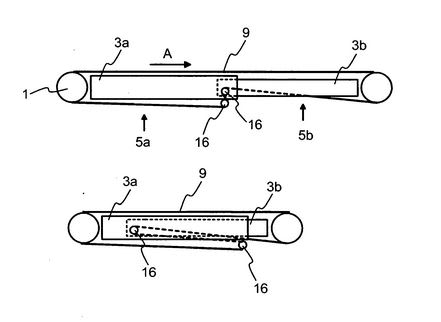Life is a bowl of problems
Mechanical
- Jul 4, 2018
- 21
I can't imagine that this isn't a common design problem. I am driving two rollers, one stationary and one that moves from a position of contact with the stationary roller to a position that creates some clearance between the rollers. The simplest way to move the second roller is to mount it on a pair pivoting arms which are most likely actuated with a pair of air cylinders. The goal is to drive both rollers with a common belt or chain. The change in the drive train geometry during articulation of the second roller must be such that the length of the belt path or chain path remains the same. As a result, the articulation does not loosen or tighten the belt or chain. I want to avoid a spring loaded idler. One additional complicating factor is that these rollers operate as a nip and therefore are counter rotating. They may possibly use a double sided timing belt or roller chain.
Is there a name for this type of configuration? Are some basic designs or rules of thumb to implement this type of drive train?
Is there a name for this type of configuration? Are some basic designs or rules of thumb to implement this type of drive train?

